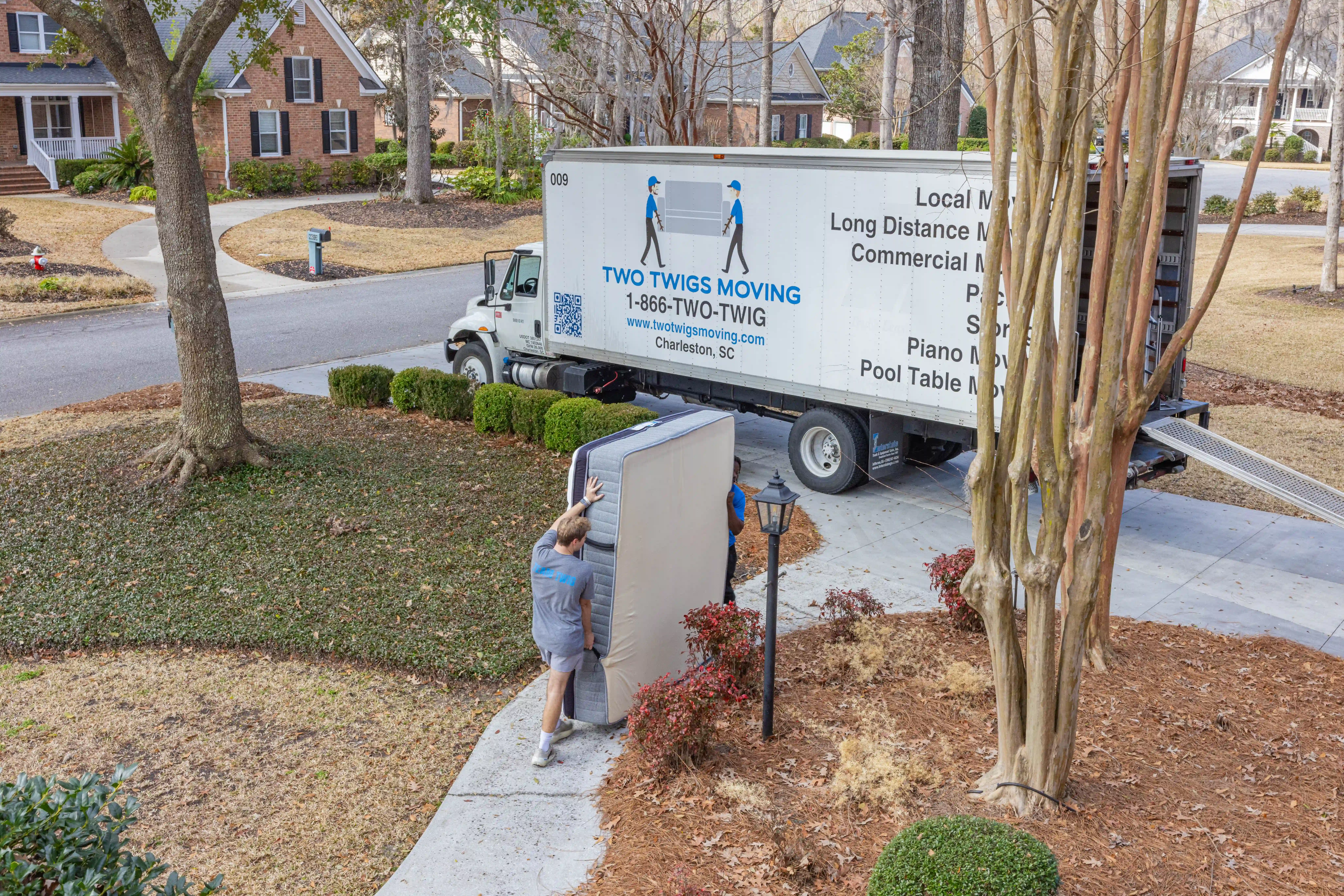Moving to a new home is an exciting milestone, but it can also be a costly endeavor if not properly planned. Creating a moving budget is crucial to managing expenses and ensuring a smooth transition. Here’s how to effectively create a moving budget and tips for keeping costs under control.
Assess Your Moving Needs
The first step in creating a moving budget is to assess your specific moving needs. Consider the distance of your move, the size of your current home, and the volume of your belongings. These factors will influence the overall cost. Local moves generally cost less than long-distance moves, and a larger home with more items will increase the expenses.
Research Moving Costs
Once you have a clear understanding of your moving needs, research the costs associated with moving. This includes getting quotes from professional moving companies like Two Twigs Moving. Professional movers can provide a detailed estimate based on your requirements, helping you plan your budget more accurately.
Break Down Your Expenses
Divide your moving expenses into categories to get a clearer picture of where your money will go. Here are some common categories to include:
- Professional Moving Services: This includes hiring movers, packing services, and any additional labor costs.
- Packing Supplies: Costs for boxes, tape, bubble wrap, packing paper, and other materials.
- Transportation: If you’re moving a long distance, consider the cost of fuel, lodging, and meals during the journey.
- Insurance: Moving insurance to protect your belongings in case of damage or loss.
- Utility Transfers: Fees for disconnecting and reconnecting utilities such as electricity, gas, water, and internet.
- Cleaning Services: Hiring professional cleaners for your old and new home.
- Miscellaneous Expenses: Include unexpected costs such as temporary storage, repairs, or replacement of lost items.
Set a Realistic Budget
Based on your research and breakdown of expenses, set a realistic moving budget. It’s important to be honest about what you can afford and to allocate funds accordingly. Include a contingency fund of 10-15% of your total budget for unexpected expenses that may arise during the move.
Find Ways to Save
There are several strategies to help you save money on your move:
- Declutter: Reducing the number of items you move can significantly cut costs. Donate, sell, or discard items you no longer need.
- Get Free Supplies: Look for free moving boxes and supplies from local stores, online marketplaces, or friends and family.
- Pack Yourself: Packing your own belongings can save money on labor costs. However, for fragile or valuable items, consider professional packing services to ensure they are properly protected.
- Choose the Right Time to Move: Moving during the off-peak season (fall and winter) or mid-month can be cheaper than during peak times (summer and end of the month).
Track Your Expenses
As you incur moving-related costs, keep a detailed record of your expenses. Use a spreadsheet or a budgeting app to track payments and compare them against your budget. This helps you stay on track and adjust your spending if necessary.
Hire Professional Movers
Professional movers like Two Twigs Moving can provide an accurate estimate and handle all aspects of your move, from packing to transportation. Their expertise and efficiency can save you time and reduce stress, allowing you to focus on other important aspects of your relocation.
Conclusion
Creating a moving budget is an essential step in ensuring a smooth and stress-free move. By assessing your needs, researching costs, and finding ways to save, you can manage your moving expenses effectively. Tracking your expenses and hiring professional movers like Two Twigs Moving will further streamline the process and provide peace of mind. With careful planning and budgeting, you can look forward to settling into your new home without financial worries.


.svg)


